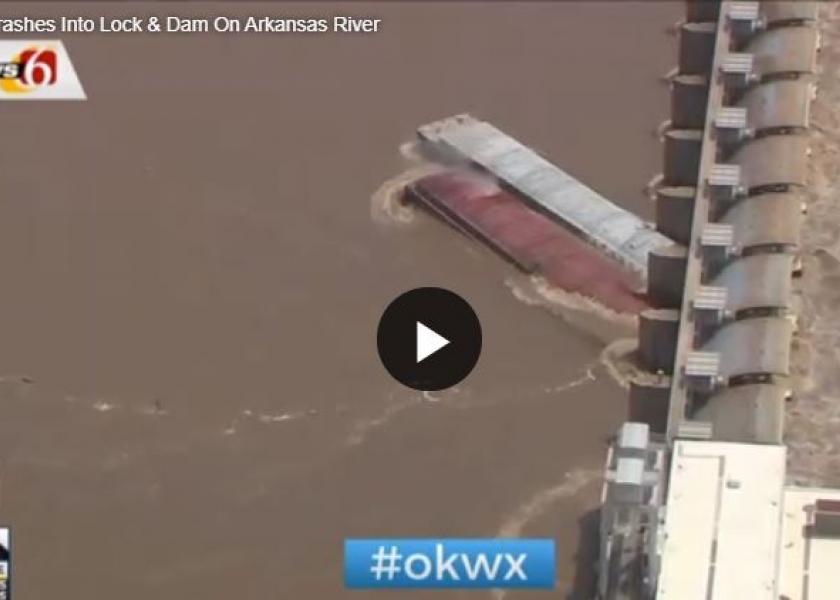

Philips from Fort Gibson attacked the forces at Webbers falls.įollowing the Civil War which divided families even in the Indian Territory, many people displaced from the South began moving into the Territory and small settlements began to grow. Holt was killed on the sandbar opposite his home in the battle of Webbers Falls on Apwhen the forces of Colonel William A. When the boats returned to Fort Smith, they would haul cotton corn, and seeds. Most of the goods were hauled by the Mary D, piloted by Captain Blackely. Shipments were made to the landing by boats from Forth Smith that regularly traveled the river during high water. William Holt’s store at Holt’s Landing was operated until the Civil War. Signed, Walter Webber, President, William Thornton, Clerk, Aaron Price, Speaker of Council, John Brown, Clerk of Council and approved by John Jolly.” Houston lived among the Indians, took a wife, and remained for some time.

That adoption read: “Resolved by the National committee and Council in General Council Convened, That in consideration of his former acquaintance with, and services rendered to the Cherokees and his present disposition to improve their condition and benefit their circumstances, and our confidence in his integrity and honor, if he should remain among us, we do solemnly, firmly, and irrevocably grant to Samuel Houston forever, all the rights, privileges, and immunities of a citizen of the Cherokee Nation. It was at Tahlonteeskee, Octothat Sam Houston was adopted into the tribe. Tribal courts were held at this site until 1839 when the Cherokees West were united with the Cherokees that had been forced out of the Eastern part of the United States. A council house, called Tahlonteeskee, was built also. He helped establish a school at the place which was known as Council Hill. John Holly, a Cherokee Chief, built his home on Deep Branch near the capital. Here was the site of the capital for the “old Settlers” or the Cherokees which became known as the Cherokees west. On the banks of the Arkansas River south of the present site of Gore is the Illinois Camp Grounds. His descendants still live on the land that he settled and the town of Gore was laid out on some of that land. William Holt and his wife, a Cherokee named Nellie Miller, raised a family of nine. Here he farmed and established a trading post which was called Holt’s Landing. Holt, an Englishman, established his home on the eastern bank of the Arkansas River near the falls. Sometime after Walter Webber died, William L.

In 1806 the falls were reported to be six feet in height and during low water the falls were impassible except for smaller boats which could be carried around the barrier. Walter Webber built his trading post just below the falls on the Arkansas River. When the Cherokees came into the Territory, Walter Webbers, a prominent Cherokee, was given this district as his allotment and he took over the salt works. The salt was shipped down river to New Orleans. Gore appeared on the earliest French maps of Louisiana Territory prepared by a French explorer, Guillaume de Lille in 1718 as Mentos or “Les Mentous.” Before the Cherokee Indians came to the area, two partners operated a salt works on Saline Creek, seven miles northeast of the present town, and at times more than a hundred huge kettles were used for boiling salt water. The settlement which became known as Gore reaches far back into the history of the area.


 0 kommentar(er)
0 kommentar(er)
